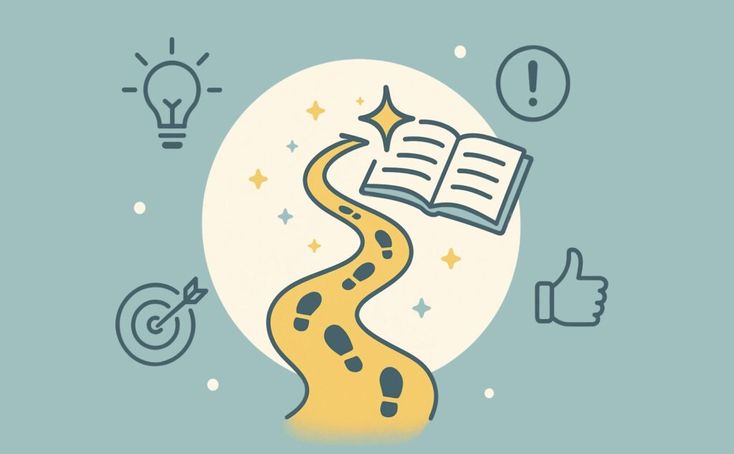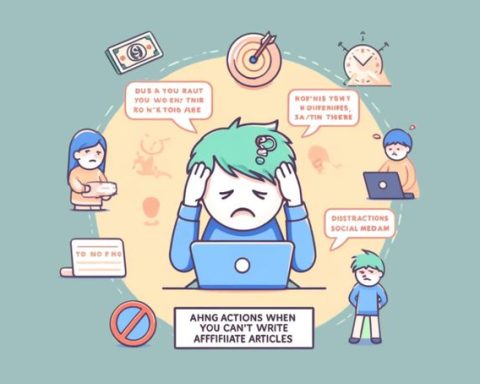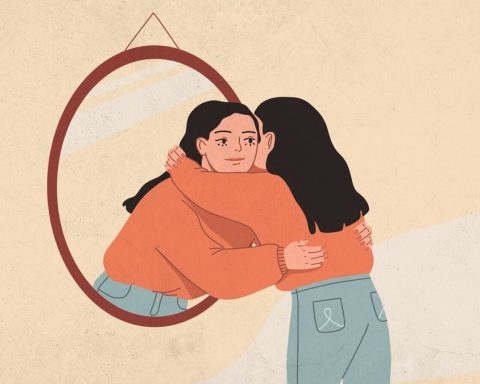From Albert Einstein to Steve Jobs, the cluttered offices of creative thinkers are often romanticized and held up as proof that disorganized spaces can yield remarkable work. Mark Twain famously insisted on being photographed at his messy desk.
While such figures will assure us that there is a method to their madness, the fact remains that clutter can have a profound negative impact on your productivity and performance. Just as multitasking can fracture your focus, a cluttered workspace can overload your senses, causing physical and mental stress while strangling your creativity.
This reality is not news to most people, but the business of eliminating clutter has grown substantially in recent years. The home organization market experienced record growth during the pandemic, as extra time spent at home drove people to explore ways to make their spaces more comfortable. As of 2023, the market is valued at $13.13 billion and is still expected to grow at a rate of 4.3% up to the end of this decade.
These trends don’t mean that getting organized is now easy or painless, however. Many of us still cringe at the thought of getting rid of our possessions. After all, we might not need that one thing today, but what if we need it tomorrow?
This behavior ultimately comes down to science. Researchers at Yale University have found that when hoarders are forced to part with items of financial or emotional value, the two areas of the brain associated with pain light up like a Christmas tree. This same brain pattern also occurs when smokers or drug addicts experience intense cravings. Hoarders will experience this pain much more than non-hoarders, and this explains why some of us react more adversely to decluttering than others.
But as the saying goes, no pain, no gain. In many ways, effective decluttering is determined by a cost-benefit analysis which first requires us to calculate the cost of inaction.
Calculating the Cost of Clutter
The modern workplace has become a complex and ever-changing environment, and professionals are constantly finding themselves in a delicate balancing act. Many of us are often forced to wear multiple hats and put out fires to keep things moving smoothly. With so many tasks and projects in the mix, our desks and offices have often come to reflect the complex workload we’re navigating.
The clutter we accumulate as a result of our challenging work environments can hurt our ability to deliver results in a multitude of ways.
Productivity
When information is scattered physically or digitally, we spend unnecessary time searching for it. Some studies estimate that the average worker spends over four hours a week looking for misplaced documents. Other studies suggest there is a significant link between clutter and procrastination.
Focus
That sidelong glance you take at an empty coffee cup on your desk might not seem like that much of a distraction, but those moments add up to diminished performance. Researchers have consistently found that the brain is not wired to simultaneously handle different thought processes effectively and efficiently.
Memory
Like a computer, your mind has a set amount of ‘working memory’. When it gets pulled in multiple directions because of clutter, you hurt your ability to absorb and retain information.
Stress
There is strong evidence linking clutter with heightened stress levels. People living and working in cluttered spaces frequently see spikes in their cortisol levels. When your mental health takes a hit, it can cause additional problems with productivity and focus, thus compounding the mental burden of clutter.
Adopting an Intentional Decluttering Method
Given the high cost of clutter, how do we start to tackle the pain points in our office space? When people initially commit to decluttering, they often attempt to ‘rip off the bandaid’ by purging and organizing their homes and offices with great gusto. Though the immediate results may be drastic and satisfying, such actions will do little to foster long-term habits and benefits.
If you’re looking to make lasting changes to your workspace, several more intentional approaches to decluttering may be worth adopting instead.
The Bare Essentials or Minimalism Method
How little do you really need to survive? Extremists might have some thoughts that strike the rest of us as comical, but asking ourselves this question as an anchor in our decluttering efforts can be useful.
Take, for example, TreeHugger founder Graham Hill, who traded in his Seattle mansion for a shoebox of an apartment. He boiled things down to six dress shirts, ten bowls, a handful of utensils, and no regrets.
Downsizing his lifestyle didn’t mean downsizing his wealth or success. Rather, it allowed him to cut costs, focus on more meaningful tasks, and dial back his stress levels. The same approach may work for you.
When deciding which items to keep, you could apply the 90/90 Minimalism Rule created by Joshua Fields Millburn and Ryan Nicodemus, a decluttering expert duo also known as The Minimalists. Ask yourself if you’ve used the item in the last 90 days, and if not, whether you’ll use it in the next 90 days. If the answer is still no, then this item is clearly not essential to your life.
The key is to shift your overall mindset, not just your workspace. If you orient your mind to process information and make decisions based on utility, it gets easier to declutter not only your office but also your mind.
The KonMari Method
Marie Kondo’s revelatory book on minimalism, The Life-Changing Magic of Tidying Up, topped the New York Times bestsellers list following its release in 2014 and inspired an entire cleaning movement. Kondo’s approach to decluttering can be distilled into a rather simple rule: only keep what “sparks joy.”
Part of the reason this philosophy gained steam is that it flipped the thinking behind decluttering on its head. Rather than focus on what’s being left behind, you’re prompted to think positively about what will stay.
In contrast with the Bare Essentials Method, the KonMari Method leaves room for a very human, qualitative overlay in your decision-making process. It’s not only about how useful an item is or will be in the future. It’s about how items emotionally affect you, too.
Just be careful not to toss out that important report, simply because it doesn’t bring a smile to your face.
It is tempting to overlook the KonMari Method when decluttering a workspace, especially when its underlying philosophy seems so simplistic. However, consider the impact that clutter has on stress. If the clutter on the desk amplifies your stress levels, that’s certainly not ‘sparking joy,’ is it? And if you’re working from home, failure to address the problems in your workspace might end up sapping joy from other areas of your life, too.
The 30-Day Minimalism Game
Does the idea of a massive purge give you anxiety? If so, then a gradual approach to decluttering might be more appropriate for you. One popular decluttering method is the 30-Day Minimalism Game, also created by The Minimalists.
There are different versions of this method, but the key idea is to commit to small changes over the course of a month to build a sustainable approach to keeping your life organized and decluttered. In one version, you eliminate one item on the first day, two on the second, three on the third, and so forth. In another, you have a specific decluttering task to complete each day.
One In, One Out
Once you’ve created a stable, decluttered environment, consider implementing a rules-based extension where you only add something new to your space if you also get rid of another item in the same category.
Just bought a new T-shirt? Donate an old one to keep your clothes count the same. This will help you maintain a useful and tidy space in the long run.
Decluttering Digital Spaces
Your desk, office, and home aren’t the only places accumulating clutter. Our digital spaces also tend to accumulate clutter. From clogged inboxes to poorly organized drives, information can quickly become difficult to locate. Add a mess of notifications to the mix, and you have the perfect recipe for poor productivity.
While the best digital organization approach will depend on the person and their work, there are several tactics you can use to make your life easier.
Remap Your File Storage
If your files routinely end up in the wrong place, then perhaps your organizational system is failing you. Take the time to ensure that the right folders contain the right files and are intuitively located with easy-to-follow pathways. This will simplify your digital organization and also make it sustainable as your files grow.
Standardize File Names
A file name like ‘373583932754759.img’ is probably not going to tell you exactly what that file is at a glance. Instead, come up with a standardized file naming system that allows you to quickly identify contents and organize the items into their relevant folders.
Limit Open Tabs
Surveys have found that 64% of people have 11 or more browser tabs open at any given time. This can make it difficult to keep track of important information, and excessive tabs can also significantly slow down your computer. Close the tabs you’re not using. If you’re worried about losing track of important links you may need later, then store them using a digital organization tool like Evernote or Google Keep, where you can easily locate them for later reference.
Pause Unnecessary Notifications
If you’re trying to knock out work on a project, then odds are that you don’t need to see a Facebook notification pop up about your neighbor’s recent casserole success. Consider using ‘do not disturb’ settings on your smartphone and computer when you’re working to ensure the task at hand has your full attention.
These steps will help with digital clutter, but like physical clutter, such systems also require maintenance. By making routine digital organization a priority rather than an afterthought, the practices that seem awkward today will eventually turn into productive habits over time.
Creativity: The Clutter Caveat
Those who work in creative capacities may cringe at the idea of decluttering, likening the process to sanitizing beyond the point of sanity. To some extent, this reaction is understandable. The creative process is often messy itself. Shouldn’t the environment where it unfolds therefore follow suit?
The answer to this is complicated. Some research suggests that the inability to focus in a cluttered space undermines creative thinking by redirecting the imagination in too many directions. Other studies have found that workspaces that may not look organized can actually encourage less rigid thinking.
Ultimately, experts suggest reflecting on your process and outcomes to determine what level of mess best supports your creative thinking without hurting your productivity. Our brains are all wired differently, and our workspaces should be designed with that in mind.
The Best Decluttering Starts Today
Maybe you’re hoping to top your personal ‘bests’ this year. Perhaps you’re starting an exciting new project with as many challenges as there are opportunities. Or perhaps you’ve simply lost a step and want to get back on track with your career.
Whatever your motivation might be, decluttering your office and home is a great way to get where you want to go. It may take multiple attempts and different methods, but the work you put in now will pay off once you’ve found the system that works for you.




